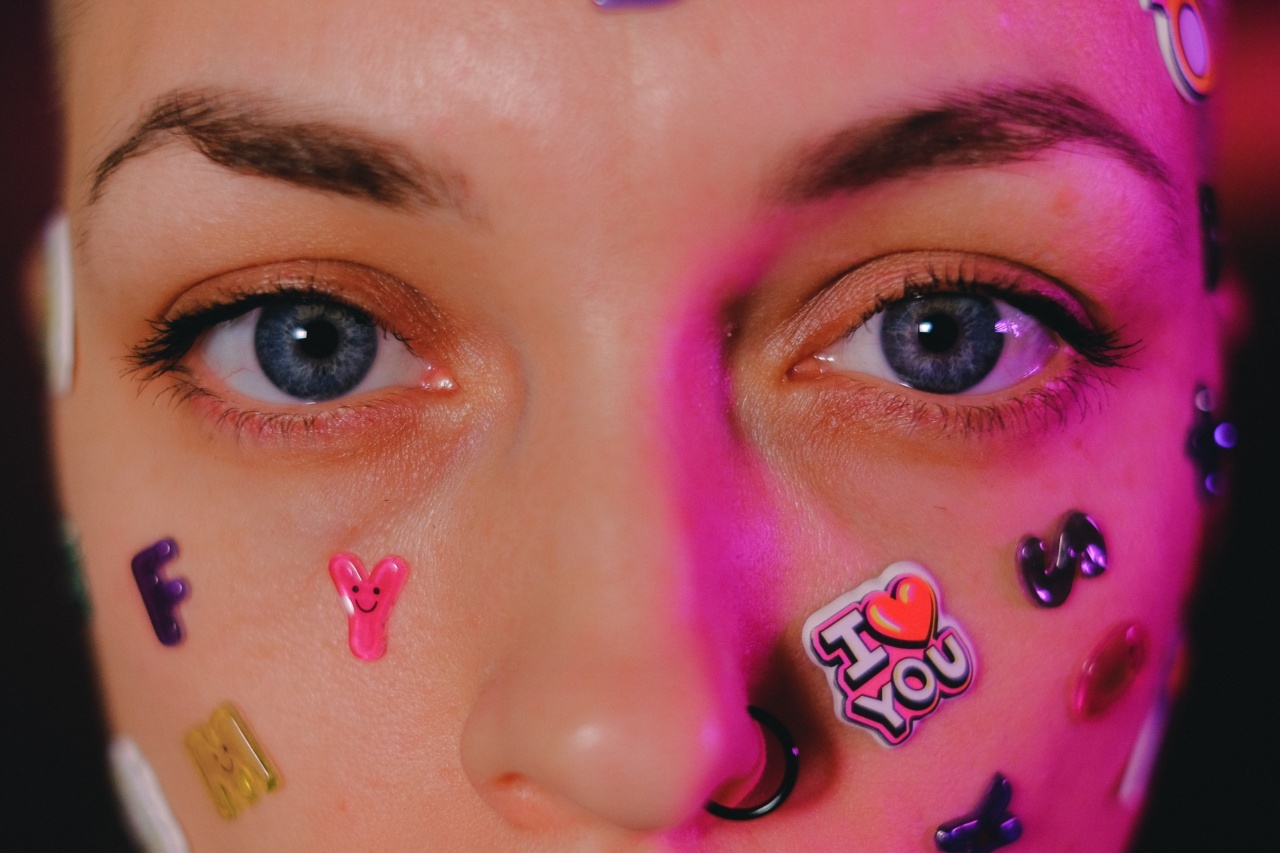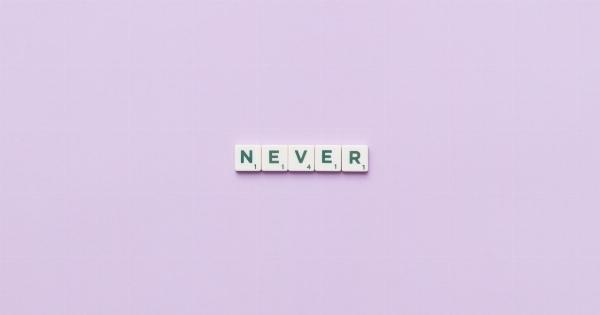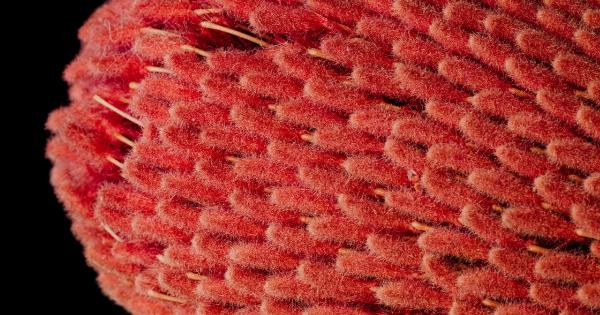Phobias are common and can range from fears of specific objects or situations to irrational and uncontrollable fears.
While most people have heard of common phobias such as arachnophobia (fear of spiders) or acrophobia (fear of heights), there are numerous bizarre phobias that you may never have imagined existed. In this article, we will explore 20 strange and fascinating phobias that will leave you questioning the diversity of human fears.
1. Pteronophobia – Fear of Feathers
Pteronophobia is an irrational fear of feathers. People with this phobia may experience intense anxiety, panic attacks, or even fainting when exposed to feathers or feather-related objects.
This fear may stem from traumatic experiences involving feathers or birds in the past.
2. Hexakosioihexekontahexaphobia – Fear of the Number 666
Hexakosioihexekontahexaphobia refers to the fear of the number 666. This phobia is often associated with religious and superstitious beliefs.
People with this fear may avoid anything related to the number 666, such as house numbers, phone numbers, or license plates.
3. Ablutophobia – Fear of Bathing
Ablutophobia is the persistent fear of bathing or washing. Individuals with this phobia may have an aversion to water, fear of getting wet, or an overwhelming anxiety surrounding the act of bathing.
This fear can significantly affect personal hygiene and daily life.
4. Pogonophobia – Fear of Beards
Derived from the Greek word “pogon” meaning beard, pogonophobia is an irrational fear of beards. People with this phobia may experience anxiety, discomfort, or even panic attacks when in close proximity to individuals with facial hair.
5. Xanthophobia – Fear of the Color Yellow
Xanthophobia refers to the fear of the color yellow. This phobia can cause individuals to feel extreme distress or anxiety in the presence of yellow objects, including clothing, flowers, or even artwork containing shades of yellow.
6. Omphalophobia – Fear of Belly Buttons
Omphalophobia is the fear or aversion to belly buttons, also known as navels. This fear can be triggered by the sight, touch, or even thought of belly buttons.
Individuals with omphalophobia may experience anxiety, rapid heartbeat, or even nausea when confronted with belly buttons.
7. Linonophobia – Fear of String
Linonophobia is an unusual phobia characterized by an intense fear of string or thread. Individuals with this phobia may go to great lengths to avoid any contact with string-like objects, including ropes, shoelaces, or sewing materials.
8. Arachibutyrophobia – Fear of Peanut Butter Sticking to the Roof of the Mouth
Arachibutyrophobia is the fear of peanut butter sticking to the roof of the mouth. This phobia can cause individuals to avoid consuming peanut butter altogether or experience extreme anxiety when eating it, fearing it will adhere to their palate.
9. Caligynephobia – Fear of Beautiful Women
Caligynephobia refers to an irrational fear of beautiful women. Individuals with this phobia may experience anxiety, panic attacks, or discomfort when in the presence of attractive females, leading to social anxiety and avoidance.
10. Omphaloskepsis – Fear of Belly Button Lint
Omphaloskepsis is a phobia characterized by the fear and disgust associated with belly button lint.
Individuals with this fear may actively avoid touching their own belly buttons or experience anxiety when confronted with their own or others’ belly button lint.
11. Papyrophobia – Fear of Paper
Papyrophobia is an uncommon phobia characterized by the irrational fear of paper.
Individuals with this fear may experience intense anxiety, panic attacks, or a need to avoid any contact with paper-related objects, such as books, documents, or even newspapers.
12. Alliumphobia – Fear of Garlic
Alliumphobia refers to the irrational fear or aversion to garlic. Individuals with this phobia may experience anxiety or panic attacks when exposed to the smell or sight of garlic.
This fear can significantly impact their dietary choices and social interactions.
13. Optophobia – Fear of Opening One’s Eyes
Optophobia is the phobia of opening one’s eyes. Individuals with this fear may keep their eyes closed for extended periods or experience extreme anxiety and discomfort when exposed to bright lights.
This phobia can severely impact daily activities and social interactions.
14. Aulophobia – Fear of Flutes
Aulophobia is an uncommon phobia characterized by the fear or aversion to flutes or other similar wind instruments. Individuals with this fear may experience extreme anxiety or panic attacks when exposed to the sound or sight of flutes.
15. Uranophobia – Fear of Heaven
Uranophobia refers to the irrational fear of heaven. People with this phobia may experience anxiety or panic attacks when thinking or talking about heaven, religious concepts associated with it, or even visiting religious sites.
16. Ephebiphobia – Fear of Teenagers
Ephebiphobia is the fear or aversion to teenagers or adolescence. This phobia can cause individuals to avoid interacting with teenagers or experience severe anxiety, discomfort, or even panic attacks in their presence.
17. Phagophobia – Fear of Swallowing
Phagophobia is an extreme fear of swallowing. Individuals with this phobia may experience anxiety, shortness of breath, or panic when attempting to eat or drink. This fear can lead to severe nutrition and health problems if left untreated.
18. Papaphobia – Fear of the Pope
Papaphobia refers to the irrational fear or aversion to the Pope or the office of the Pope.
Individuals with this phobia may experience anxiety, discomfort, or even panic attacks when seeing or talking about the Pope, visiting the Vatican, or engaging in Catholic rituals.
19. Epistemophobia – Fear of Knowledge
Epistemophobia is an unusual phobia characterized by the fear of knowledge or acquiring knowledge.
Individuals with this phobia may experience anxiety or panic attacks when exposed to books, educational environments, or situations where learning is involved.
20. Pogonopophobia – Fear of Beards
Pogonopophobia is a specific phobia characterized by an irrational fear or aversion to beards.
While similar to pogonophobia, pogonopophobia specifically focuses on the fear of touching or having a beard in close proximity, rather than fearing the person having the beard.
Conclusion
While these phobias may seem bizarre or even irrational to some, they are genuine fears that can greatly impact individuals’ daily lives.
It’s important to recognize and respect the existence of these phobias, as those affected may require support and understanding in managing their fears. Phobias, regardless of how strange they may appear, demonstrate the intricate intricacies of the human mind and its capacity to develop unique anxieties.
By shedding light on these phobias, we foster empathy and broaden our understanding of the diverse range of human experiences.






























